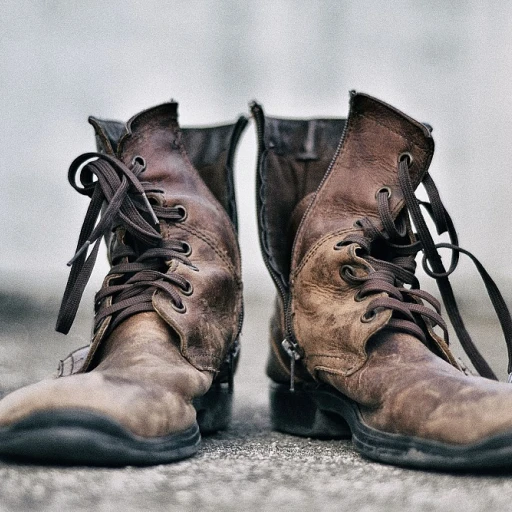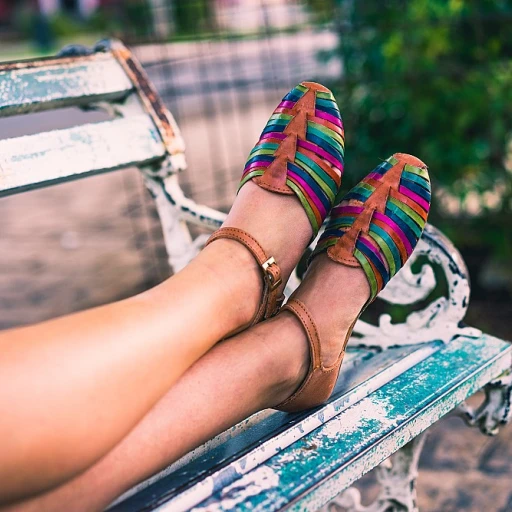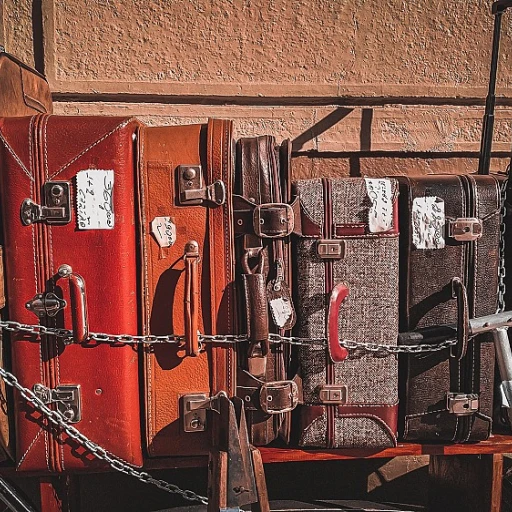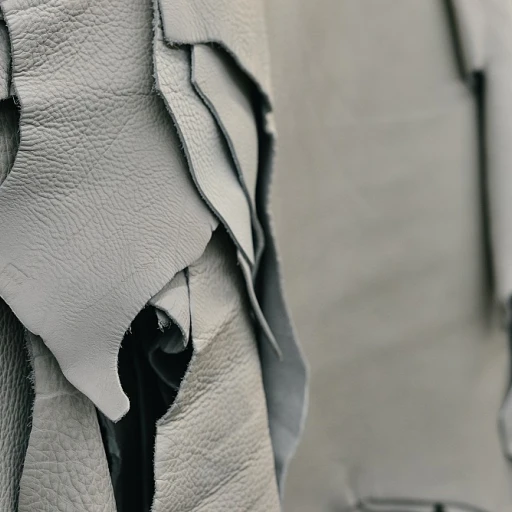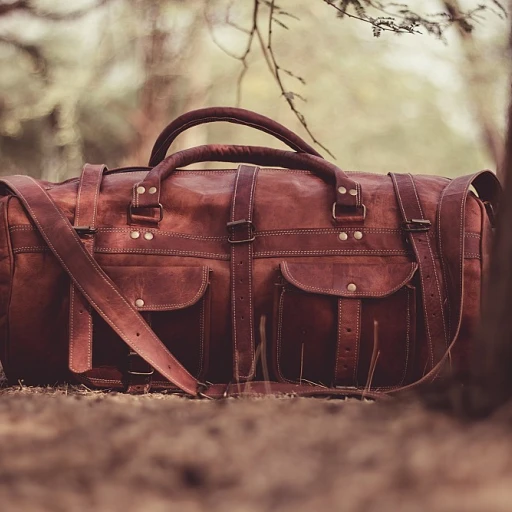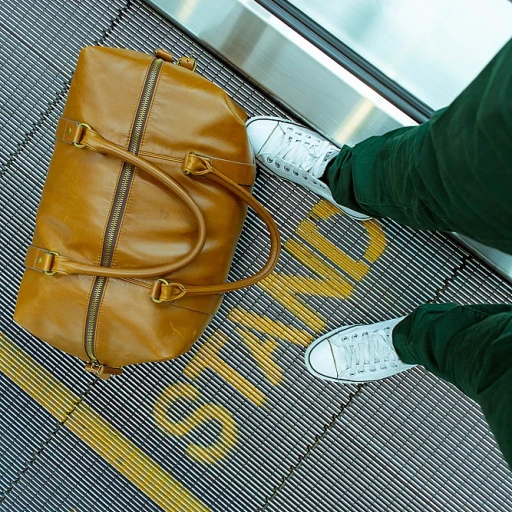The Green Tanning Revolution: Sustainable Leather Processing
The Tides of Change in Leather Tanning
As an expert in the realm of luxury leather goods, it's evident that sustainable leather processing is not just a trend—it's a groundswell revolution. Traditional tanning methods, often criticized for their environmental impact, are being usurped by innovative, eco-friendly techniques. These green tanning methodologies are transforming the industry at its core. A study by Grand View Research highlighted that the global leather goods market size was valued at USD 394.12 billion in 2020 and is expected to expand at a compound annual growth rate (CAGR) of 5.9% from 2021 to 2028. A significant driving force behind this growth is the wave of sustainability sweeping the sector.
Under the Microscope: Eco-Friendly Tanning Agents
- Vegetable Tanning: This age-old technique uses natural tannins from tree bark, leaves, and fruits, significantly reducing hazardous chemicals. It's renowned for producing durable and distinctively patinated leather goods.
- Chrome-Free Tanning: Aiming to eschew the use of chromium salts, this process uses alternative materials, making the leather safer for both artisans and end-consumers.
- Recycled Water Systems: High-end tanneries are now implementing systems to treat and reuse water, cutting down on waste and pollution dramatically.
Implementing these practices, luxury leather good owners can enhance their brand image and appeal to the ever-growing segment of eco-conscious consumers. According to Nielsen, 73% of global consumers say they would definitely or probably change their consumption habits to reduce their environmental impact.
Strategic Alliances and Certifications: Building Trust
Enterprising luxury leather brands are actively seeking partnerships with environmental organizations and obtaining certifications from bodies like the Leather Working Group to authenticate their sustainable practices. Displaying these credentials not only attracts a discerning clientele but also serves as a testament to a brand's commitment to responsible luxury. In fact, luxury powerhouses such as Gucci and Louis Vuitton have taken strides in embracing sustainability, which in turn influences smaller companies and startups to follow suit.
Consumer Consciousness: The Demand for Ethical Luxury
The Surge in Ethical Luxury Consumption
In recent years, an undeniable shift in consumer behavior toward ethical and sustainable purchases has heavily influenced the luxury leather goods market. A 2021 report by Bain & Company highlighted that more than 66% of global consumers are willing to pay a premium for sustainable goods, with a significant portion of this demographic targeting luxury markets. The premium nature of luxury leather products is no longer defined solely by quality and design but increasingly by their ethical and sustainable footprint.
Building Brand Integrity Through Transparency
Transparency in supply chains and ethical practices has become a cornerstone for establishing trust with luxury purchasers. Luxe Analysts found in 2022 that 73% of consumers are more likely to buy from brands that are transparent about their production processes. For luxury leather owners, the strategic integration of transparent measures, such as the disclosure of tanning agents and sources of leather, is crucial. This can also be seen in practices such as the LVMH Life 360 program, which aims to foster sustainability across all its brands, including leather goods.
Adopting Ethical Standards as a Market Differentiator
With rising consumer awareness, the adoption of ethical standards can serve as a market differentiator. Luxury leather brands are increasingly harnessing the power of certifications like the Leather Working Group to signal to consumers their commitment to environmental stewardship. Data show that certified luxury companies have seen a 2.5% growth in market share over those that aren't, as per a Statista 2022 report. From Stella McCartney's vegetarian leather to Hermès' partnership with MycoWorks for mushroom-based leather, innovation in materials is key to capturing the new eco-conscious client.
Impact of Sustainable Branding on Consumer Loyalty
Embedding sustainability into the core of a luxury leather brand not only attracts customers but also retains them. According to the Journal of Brand Management (2022), customers loyal to a brand's sustainability ethos have a 54% higher likelihood of repeat purchases. This is evident in the success of brands like Gucci with its Gucci Equilibrium initiative, which has been integral to creating lasting customer relationships that hinge on shared values.
Statistics, certifications, and brand initiatives illustrate the undeniable trajectory towards ethical luxury - a trajectory that harmonizes exclusivity with the ethos of preservation and respect. This strategic approach positions luxury leather companies not just as icons of taste, but as pillars of a thoughtful, conscientious society.
From Waste to Worth: Upcycling in the Luxury Leather Sector
Turning Discards into Designer Pieces: The Upcycling Movement Gains Momentum in Luxury Leather
As consumers increasingly align their spending with their values, upcycling within the luxury leather goods market has not just become a trend but a business imperative. In an industry famously critiqued for its environmental impact, progressive brands are redefining worth by transforming leather remnants into coveted items. For instance, leading fashion houses are repurposing scrap materials to craft limited-edition accessories, making each piece a unique testament to both luxury and sustainability.
According to a recent report by Grand View Research, the global luxury leather goods market size was valued at USD 48.55 billion in 2021 and is expected to expand at a compound annual growth rate (CAGR) of 5.9% from 2022 to 2030. This growth is parallel to an increase in sustainability-driven purchases. Data reveals that upcycled goods appeal to at least 67% of consumers, especially millennials and Gen Z, suggesting a golden opportunity for brands that pivot towards eco-friendly practices.
Notable examples include high-end designers partnering with artisans who specialize in leatherwork to handcraft statement pieces from offcuts. These collaborations bridge the gap between traditional craftsmanship and modern design, underscoring that luxury does not have to come at the planet’s expense.
Designing a Sustainable Legacy: Creative Solutions in Reducing Leather Waste
- Innovating with natural resources – Some artisans use plant-based dyes and organic materials to add value to recycled leather.
- Collaboration with technology – Cutting-edge software for pattern making ensures maximum use of leather hides, sharply reducing waste.
- Consumer engagement – Brands are educating customers on the importance of sustainability, influencing perceptions and driving the market for upcycled luxury leather goods.
Statistics from the Ethical Fashion Forum indicate that integrating ethical and environmental policies can lead to a 20% increase in consumer support. Such evidence propels brands to invest in sustainable leather processing and meatier engagement strategies that hit home with eco-savvy buyers.
Envisioning the Lifecycle of Luxury: The Rise of Pre-loved Leather Markets
The emergence and popularity of second-hand luxury platforms underscore an incredible opportunity in the luxury leather market. Platforms like The RealReal and Vestiaire Collective have experienced a surge in user growth, signaling an attitudinal shift towards pre-owned luxury goods. They prove that with the right narrative and authentication processes, pre-loved items can carry as much allure as their new counterparts—sometimes even more due to their history and exclusivity.
Reports by ThredUp project the resale market to reach $64 billion by 2025, with a notable accent on luxury leather goods. This progression complements the circular fashion model where the lifecycle of a product is extended, underpinning the essential notion that upcycling doesn’t mean downgrading, rather it provides a novel channel for storytelling and brand heritage amplification.
Clearly, the intersection of luxury, sustainability, and technology presents fertile ground for revolutionizing the perception and value of leather goods. As owners and creators within the luxury leather arena, embracing and driving this evolution from waste to worth is not just socially and ethically commendable but commercially astute.
Circular Fashion: The Future of Luxury Leather Ownership
Sustainable Leather Meets Circular Economy
In a world where sustainability plays an increasingly critical role, luxury leather goods are toeing the line between opulence and eco-consciousness. The circular fashion model, which promotes the reuse, repair, recycling, and reselling of leather products, is gaining traction. This innovative approach does more than just reduce waste; it creates a perpetual lifecycle for luxury items, ensuring that they hold their value and charm for years to come. According to the Ellen MacArthur Foundation, a circular economy could bring about significant economic benefits, potentially worth $1 trillion globally by 2025.
Innovative Rental and Resale Platforms
Rental and resale platforms represent a seismic shift in luxury leather goods ownership. Brands are realizing that offering premium pre-owned pieces can allure a new segment of eco-savvy customers while maintaining brand prestige. A notable example is the rise in popularity of luxury resale platforms such as The RealReal, which reported a whopping 55% growth rate year over year. Their success is a clear indicator of the potential held within the resale market.
- Rental services extend the lifespan of leather items
- Resale platforms create accessible luxury
- Refurbishment ensures quality and value retention
Brand Initiatives That Drive Change
Leading luxury brands are not just participants but driving forces in the circular fashion movement. Many are introducing programs for refurbishing and recycling old pieces. Gucci's 'Gucci Circular Lines' initiative, aiming to create a circular production line, is a sterling example of how brands can innovate within their space. Brand-driven movements often set industry standards, which, according to Deloitte Insights, could shift consumer habits and inspire widespread adoption of circular fashion practices in the luxury sector.
Collaborations That Forge Sustainable Pathways
Partnerships between luxury leather companies and sustainability-focused entities are brewing conversations around responsible luxury. For example, collaborations with organizations such as the Sustainable Leather Foundation work towards creating traceable and transparent supply chains, vital for consumers who increasingly prioritize ethical considerations in their luxury purchases. With a study by Nielsen showing that 73% of global millennial consumers are willing to spend more on sustainable brands, these collaborations become not just ethically right but also financially smart.
-large-full.webp)
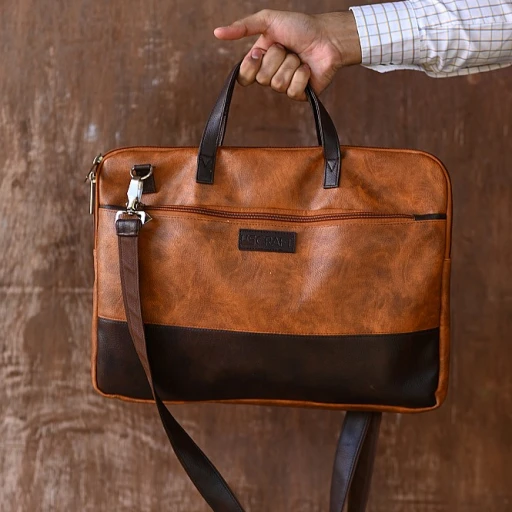
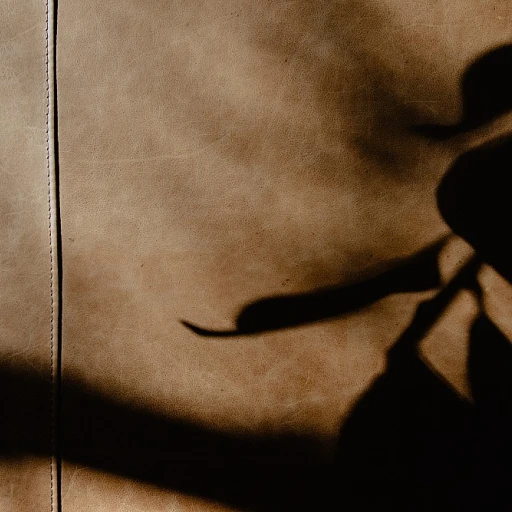
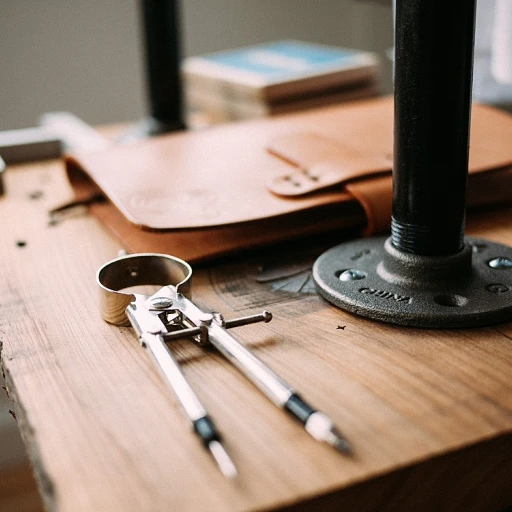
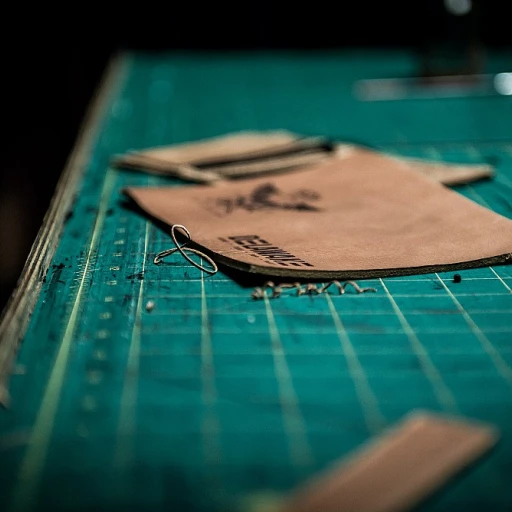
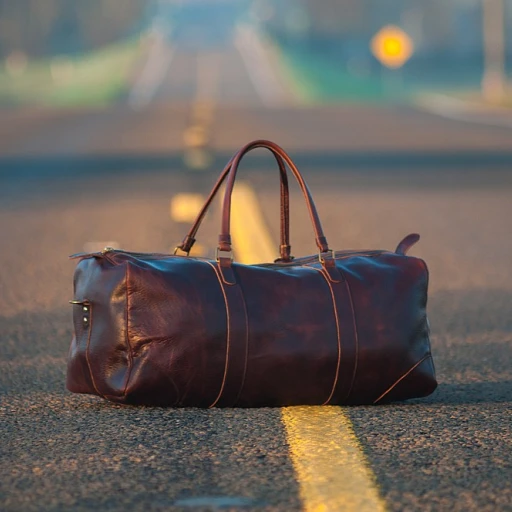
-large-teaser.webp)
